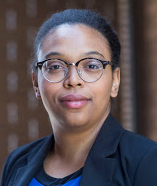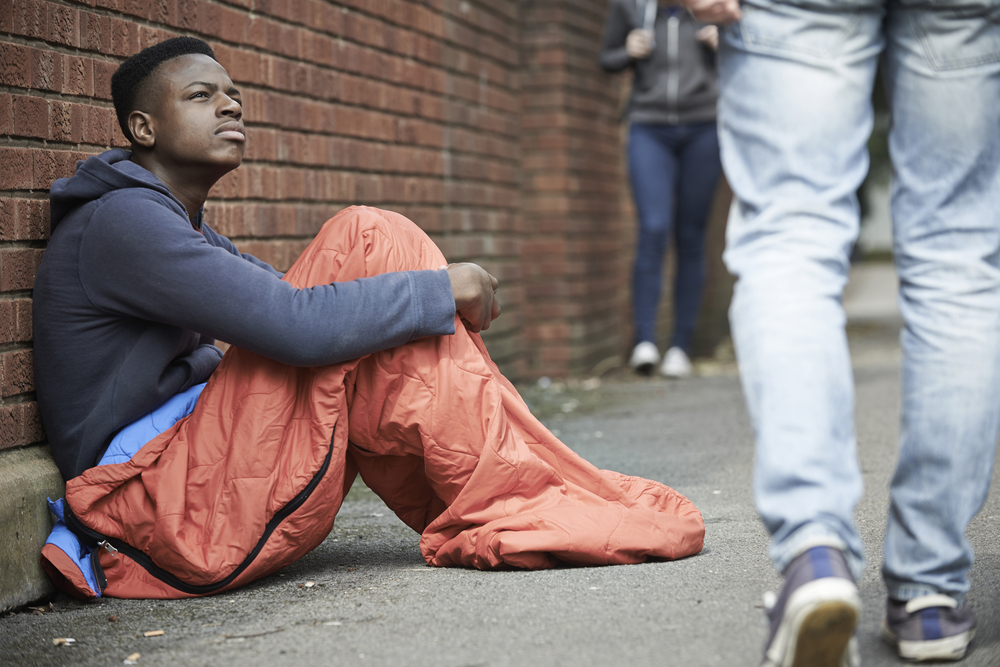![]() Youth homelessness is a pervasive problem throughout the United States, and its rate has steadily risen over the years. According to the Center for American Progress, youth who identify as lesbian, gay, bisexual or transgender (LGBT) are disproportionately affected by homelessness compared to their percentage in the overall population.
Youth homelessness is a pervasive problem throughout the United States, and its rate has steadily risen over the years. According to the Center for American Progress, youth who identify as lesbian, gay, bisexual or transgender (LGBT) are disproportionately affected by homelessness compared to their percentage in the overall population.
In fact, up to 40% of the homeless youth population identify as LGBT. Additionally, LGBT homeless youth are more likely to become homeless and have a higher risk of staying homeless for longer periods of time compared to non-LGBT homeless youth. Unfortunately, the current legislative landscape does not take this into account, effectively overlooking this subset of the homeless population.

Michelle L. Page
In consequence, “legislative invisibility” (the phenomenon when certain groups of people, like LGBT people, are not considered when drafting certain laws and policies) of the homeless youth population is expansive. The laws designed to combat youth homelessness are overgeneralized and focus on the larger youth population without considering the nuanced subidentities (such as gender, race and sexuality) within the population. It is important to acknowledge subsets of the youth population, particularly when addressing homelessness, because policies and the programs they create and fund can only provide a limited amount of support if they are conceived solely on the experiences of one identity group.
To illustrate, a 2015 report on the needs and experiences of LGBT youth revealed that LGBT homeless youth withstand discrimination, sexual abuse, mental health problems, drug abuse and general neglect in higher percentages than other homeless youth. LGBT youth also often resort to extreme measures when living on the streets or in shelters such as engaging in “survival sex,” when they trade sexual favors for money, food or shelter.
In fact, a 2007 survey taken of runaway and homeless LGBT youth found that 61% of females living in shelters have engaged in survival sex and 61% of males living on the streets have engaged in survival sex. The 2015 Urban Institute report, "Locked In: Interactions With the Criminal Justice and Child Welfare Systems for LGBTQ Youth, YMSM, and YWSW Who Engage in Survival Sex," reports that 71% of youth who have engaged in survival sex had run-ins with the police, including stop and question or stop and frisk.
In total, about 20% of youth involved in the juvenile justice system identify as LGBT, when LGBT youth only make up 5% to 7% of the total youth population in the United States as of 2010. This suggests that homeless LGBT youth have more encounters with the police than non-LGBT youth.
The reasons for these disparities are numerous but include discrimination and a lack of available resources for LGBT homeless youth. The lack of social services and community outreach compounded with a lack of legislative attention serve only to perpetuate homelessness among our most vulnerable population. These findings are even more true of homeless LGBT youth of color.
For more information on Racial-Ethnic Fairness, go to JJIE Resource Hub | Racial-Ethnic Fairness
LGBT youth of color are most at risk
Unfortunately, LGBT youth of color are more at risk of becoming homeless and staying homeless compared to white LGBT youth because of various social stressors and, arguably, because they are such a small minority among the homeless population that they are often overlooked in preventive and combative programs. The Center for American Progress’s report, “Seeking Shelter,” states “that LGBT homeless youth are disproportionally people of color.” In fact, the report goes on to note, 99% of the homeless LGBT youth that the Ruth Ellis Center in Detroit services are African American. And yet, racial diversity is rarely explored in studies related to homeless LGBT youth. It is hard to say why this is, but the invisibility of LGBT youth of color is pervasive not only in academic study but in social services available to homeless youth as well.
Why is it necessary to distinguish between LGBT youth and LGBT youth of color? Although all youth living on the streets or in housing programs face many of the same issues, youth of color have more structural and social barriers to overcome when ending their homelessness. For example, empirical studies find that homeless LGBT youth of color are more likely to be confronted with issues of prostitution, substance abuse, poor health and mental health issues leading to suicide compared to their counterparts.
In addition, the studies revealed that LGBT minority youth face more emotional stressors such as issues developing their identities, conflicts within their communities, homophobia and racism. Moreover, a Prison Policy Initiative study indicated that African American youth, who make up only 14% of the total youth population, encompass 31% of the LGBT youth population and 42% of confined youth.
Ending LGBT youth homelessness
While there is no easy solution to ending homelessness, there are ways to reduce the number of homeless youth on the streets and to improve their lives. Lawmakers should largely focus on increasing resources and programs geared toward homeless youth and raising awareness of their diversity.
In order to increase the funding and breadth of state programs for homeless youth, state legislatures must be made aware of the unique needs of LGBT homeless youth. For example, LGBT youth require specific social services such as HIV testing and mental health services. Indeed, homeless LGBT youth, and particularly youth of color, are more likely to contract STDs, including HIV, compared to other homeless youth.
In addition, program workers, social service providers and police officers should be required to undergo sensitivity training that would address LGBT-specific sensitivities such as preferred gender pronouns and the importance of offering gender-neutral bathrooms.
Obviously, the objective of all homeless youth advocates is to help youth achieve better futures. The best thing we can do for homeless LGBT youth is to be supportive, financially, educationally and emotionally. However, in order to address youth homelessness on a national scale, the first step is to recognize the importance of minority identities like sexuality and race among the youth population. Once this happens, lawmakers can rectify inadequate anti-homelessness policies by increasing funding and incorporating some of the considerations addressed above in the hopes that these changes will diminish the levels of youth homelessness.
Michelle L. Page received a B.A. from Columbia University in 2013 and a J.D. from Northwestern University School of Law in 2017. She is a practicing civil litigation attorney and an aspiring civil rights activist in Los Angeles.

Pingback: Homeless LGBT Youth: How We Can Fight Their Invisibility, Including Youth of Color – Juvenile Justice Information Exchange – Gay Resources Center